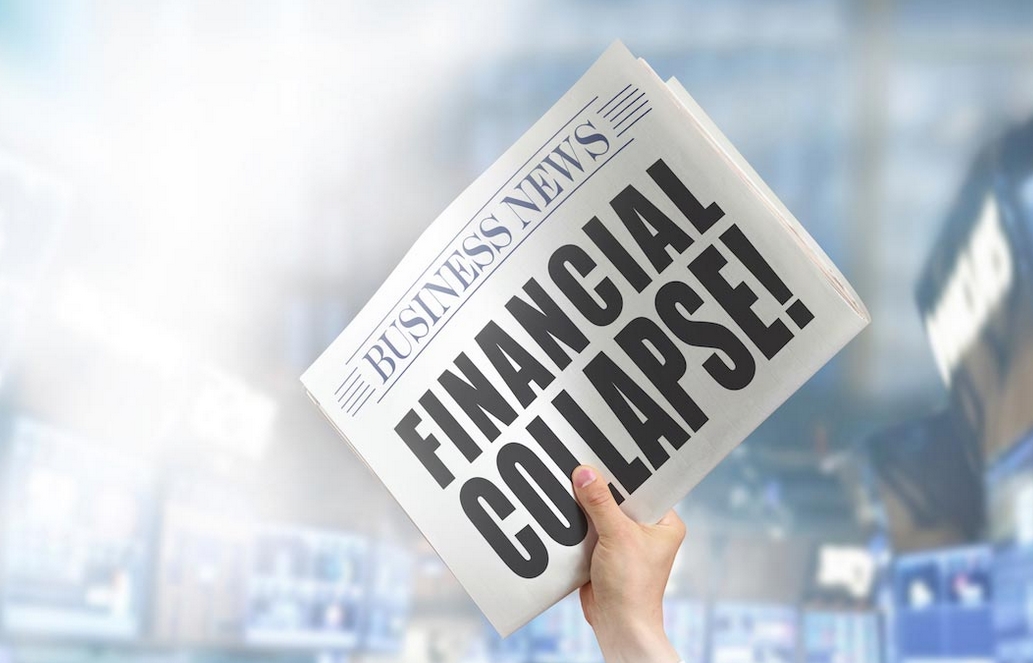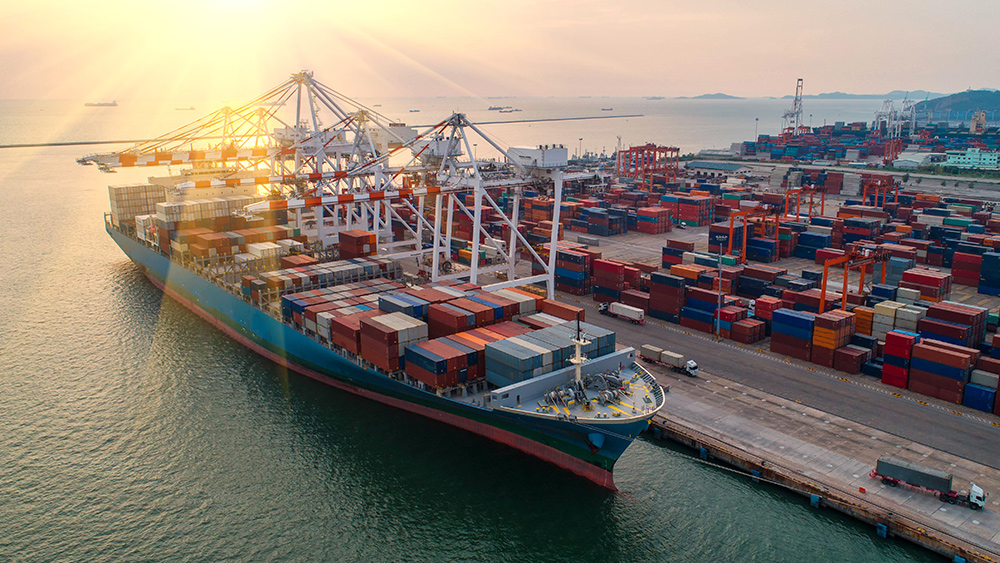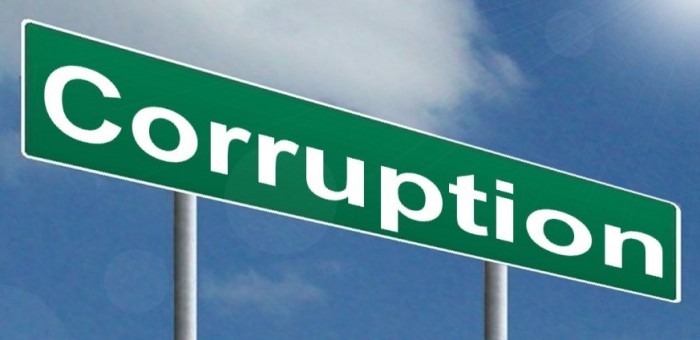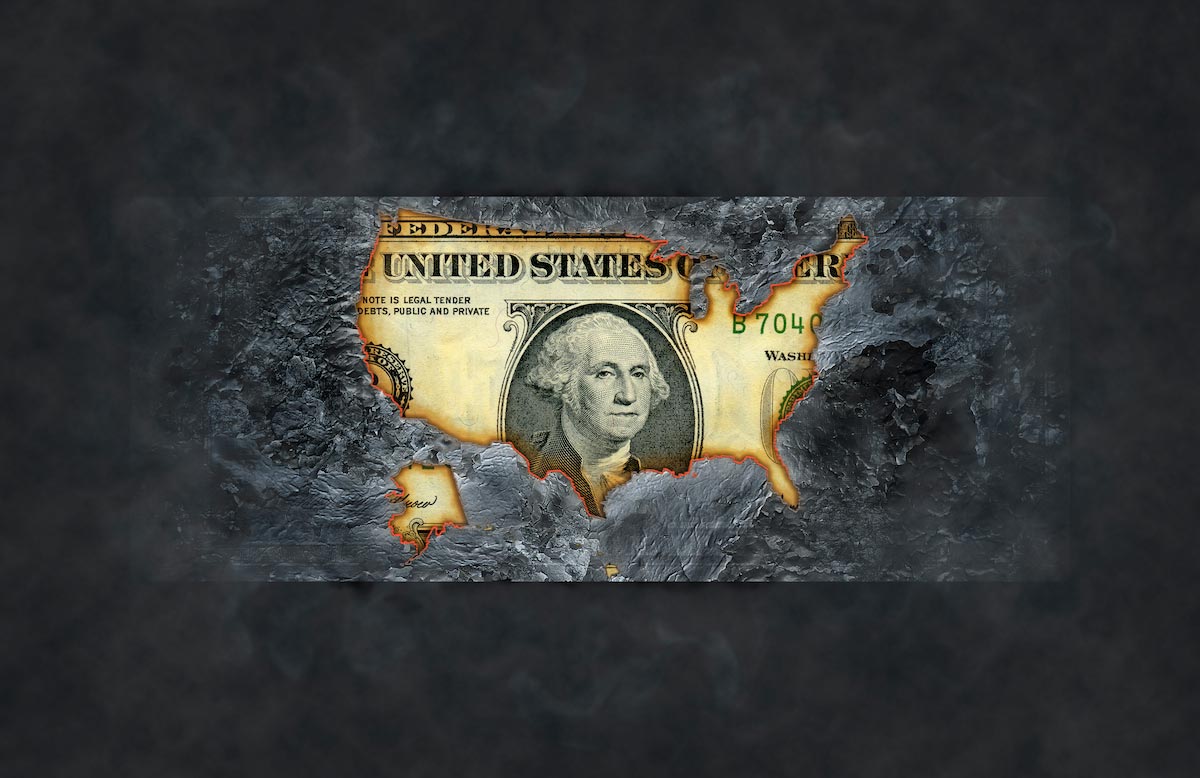"Crash Proof 2.0": Navigating economic turmoil with Peter Schiff's prescient insights
- Peter Schiff's initial 2007 warnings in "Crash Proof" meticulously forecast a 30-50 percent real estate crash, mass foreclosures, mortgage market collapse and the nationalization of Fannie Mae/Freddie Mac, all events that unfolded precisely as predicted.
- Schiff condemned post-crisis policies like quantitative easing and stimulus spending, arguing they would debase the US dollar, spur inflation and delay an inevitable economic reckoning, a view validated by prolonged stagnation and rising consumer costs.
- He criticized the shift from manufacturing to a debt-driven service economy, which he linked to unsustainable trade deficits and vulnerability to global economic shocks.
- Schiff advocates abandoning dollar-based assets, urging investments in foreign stocks, gold and commodities, while advocating liquidity reserves to capitalize on market crashes.
- "Crash Proof 2.0" urges a return to fiscal responsibility—prioritizing savings and production over consumption—and serves as a critical guide to navigating financial turmoil and securing future prosperity.
In the aftermath of the 2008 financial crisis, few voices stood out as prominently as that of Peter Schiff, a man whose predictions of economic doom were initially met with skepticism but ultimately proved unnervingly accurate. His book, "
Crash Proof 2.0: How to Profit from the Economic Collapse," co-authored with John Downes, is not merely a financial guide but a clarion call for those willing to confront the harsh realities of the U.S. economy. First published in 2009, this updated edition builds on Schiff's earlier warnings from 2007, offering a chillingly accurate forecast of the economic landscape and a roadmap for survival in turbulent times.
Schiff, often dubbed "Dr. Doom" by
CNBC, has earned a reputation for his bearish outlook, which many initially dismissed as overly pessimistic. However, his predictions from the first edition of "Crash Proof" were nothing short of prophetic. He foresaw a 30 to 50 percent decline in national real estate prices, a wave of foreclosures and the collapse of the mortgage market. His warnings about the demise of major financial institutions and the nationalization of Fannie Mae and Freddie Mac were realized with startling precision.
Schiff's foresight did not stop there. He predicted that the government's response to the crisis – printing money, reckless spending and heavy borrowing – would lead to the destruction of the dollar, causing consumer prices and interest rates to skyrocket. By 2009, the Federal Reserve had slashed interest rates to near zero and the government was injecting billions into the economy through stimulus packages. Yet, Schiff saw through the temporary relief, warning that these measures would only postpone the inevitable and exacerbate the eventual collapse.
In "Crash Proof 2.0," Schiff argues that the so-called recovery was nothing more than an illusion. He contends that the Federal Reserve's policies of quantitative easing and the government's continued deficit spending would lead to further economic stagnation and a debasement of the dollar. His predictions have, unfortunately, been borne out by subsequent events, as the U.S. economy has struggled to regain its footing in the years following the crisis.
Schiff's analysis is grounded in a deep understanding of economic fundamentals. He criticizes the shift from a manufacturing-based economy to a service-based one, arguing that this transition has left the U.S. dependent on foreign goods and vulnerable to economic shocks. He views trade deficits not as a sign of strength but as a symptom of a deeper malaise.
While Schiff is unflinching in his critique of the current economic system, he does not leave readers without hope. In "Crash Proof 2.0," he offers a comprehensive financial plan to help individuals and families weather the coming economic storm. His advice is both practical and provocative, urging investors to move away from dollar-denominated assets and into foreign stocks, gold and other commodities.
Schiff argues that these investments will not only preserve wealth but also offer the potential for significant gains as the dollar weakens. He advises against relying on traditional financial instruments like stocks and bonds, which he believes are overvalued and vulnerable to a dollar collapse. Instead, he recommends diversifying portfolios and keeping some liquidity on hand to take advantage of buying opportunities when the market crashes.
Despite the bleak outlook, Schiff does offer a glimmer of hope. He believes that the economic collapse will ultimately force a return to sound economic principles. He envisions a future where Americans embrace saving and production over borrowing and consumption. He sees the potential for a new era of prosperity, but only if we learn from our mistakes and make the necessary changes.
"Crash Proof 2.0" is more than just a book; it's a call to action for anyone who wants to understand the true state of the U.S. economy and protect their wealth in these uncertain times. Schiff's insights challenge conventional wisdom and offer a sobering yet compelling vision of the future. For those ready to take control of their financial destiny, this book is an essential read.
Learn more about
surviving an economic crash by watching the video below.
This video is from the
BrightLearn channel on Brighteon.com.
Sources include:
Brighteon.ai
Brighteon.com
 Parler
Parler Gab
Gab










